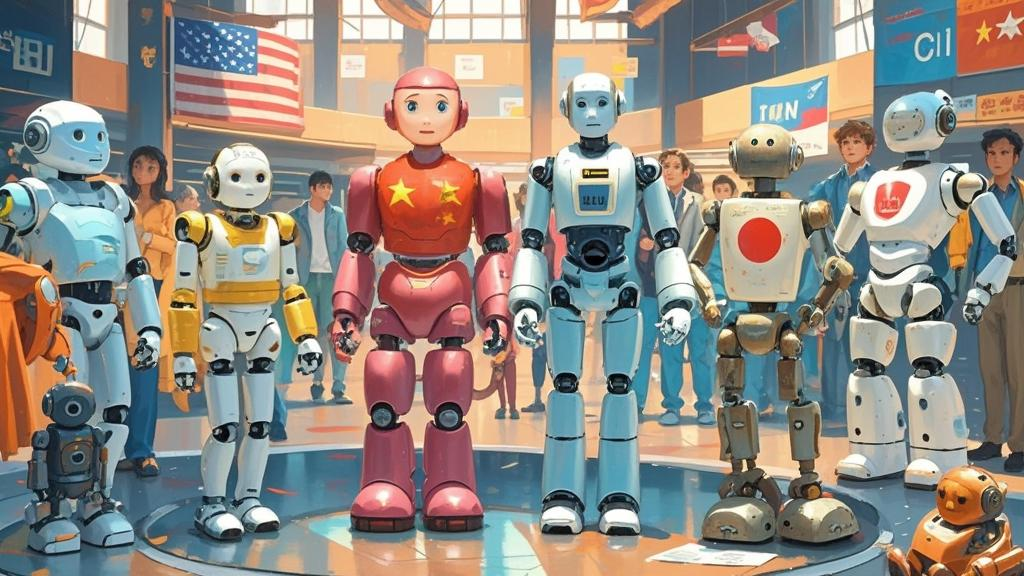In the wave of humanoid robot enthusiasm, Japan seems to have missed the global rhythm. Once proud as the “Robot Kingdom,” Japan is nearly absent from the list of core public companies in the global humanoid robot industry chain. This is astonishing, as Japan was among the earliest nations to research humanoid robots and achieved remarkable milestones in the field.
In 1973, Waseda University in Japan developed the world’s first full-sized humanoid robot, WABOT-1. Following this, Japan maintained a leading position in humanoid robotics. However, in the AI-driven embodied intelligence craze, Japanese humanoid robots have collectively fallen silent, with no influential products emerging.
Japan’s Dream and the Rise of Robots
Humanoid robots were once a product of Japan’s pursuit of a major power dream. In the 1960s and 1970s, facing labor shortages, the Japanese government proposed a “Robot Nation” strategy, hoping to advance production automation through robotic technology. The Japanese public also had a high fondness for humanoid robots, thanks to the popularity of robotic anime at the time.
Against this backdrop, Japan invested heavily in robot research and development. Honda started working on humanoid robots in the 1980s, culminating in the launch of the world-famous ASIMO in 2000. ASIMO was the first humanoid robot to interact with humans in a human-like manner, offering assistance.
The Quiet Decline
After ASIMO, a plethora of humanoid robots emerged in Japan. Besides giant corporations, research institutions and universities also joined the fray. However, few star products saw the light of day. In 2014, SoftBank introduced two humanoid robot products to the market through acquisition strategies: Pepper and Boston Dynamics. But just a few years later, SoftBank sequentially ceased production of Pepper and sold Boston Dynamics.
In fact, the Japanese humanoid robot industry began to decline after 2010. Past investments failed to yield expected returns, leading to a reduction in financial support. After 2018, well-known Japanese humanoid robot products were discontinued or sold off one after another, marking a silent period for the industry.
The Shift to Other Countries
However,与此同时, the humanoid robot industry in other countries, especially China and the United States, has been exceptionally vibrant. With 2020 as the turning point, the humanoid robot craze disappeared from Japan and flowed into other parts of the world. The biggest change has been in AI technology, where Japan finds itself at a disadvantage, struggling to keep pace with the world.
Japan’s humanoid robot industry had some new ideas, such as integrating Pepper with ChatGPT. But these actions were more surface-level improvements. Overall, the Japanese humanoid robot industry stumbled at the critical AI link, turning past glory into a sigh of the times.
This content is formatted for a WordPress blog, maintaining a balance of emotional value, rigorous and scientific tone, with a touch of humanistic color.


